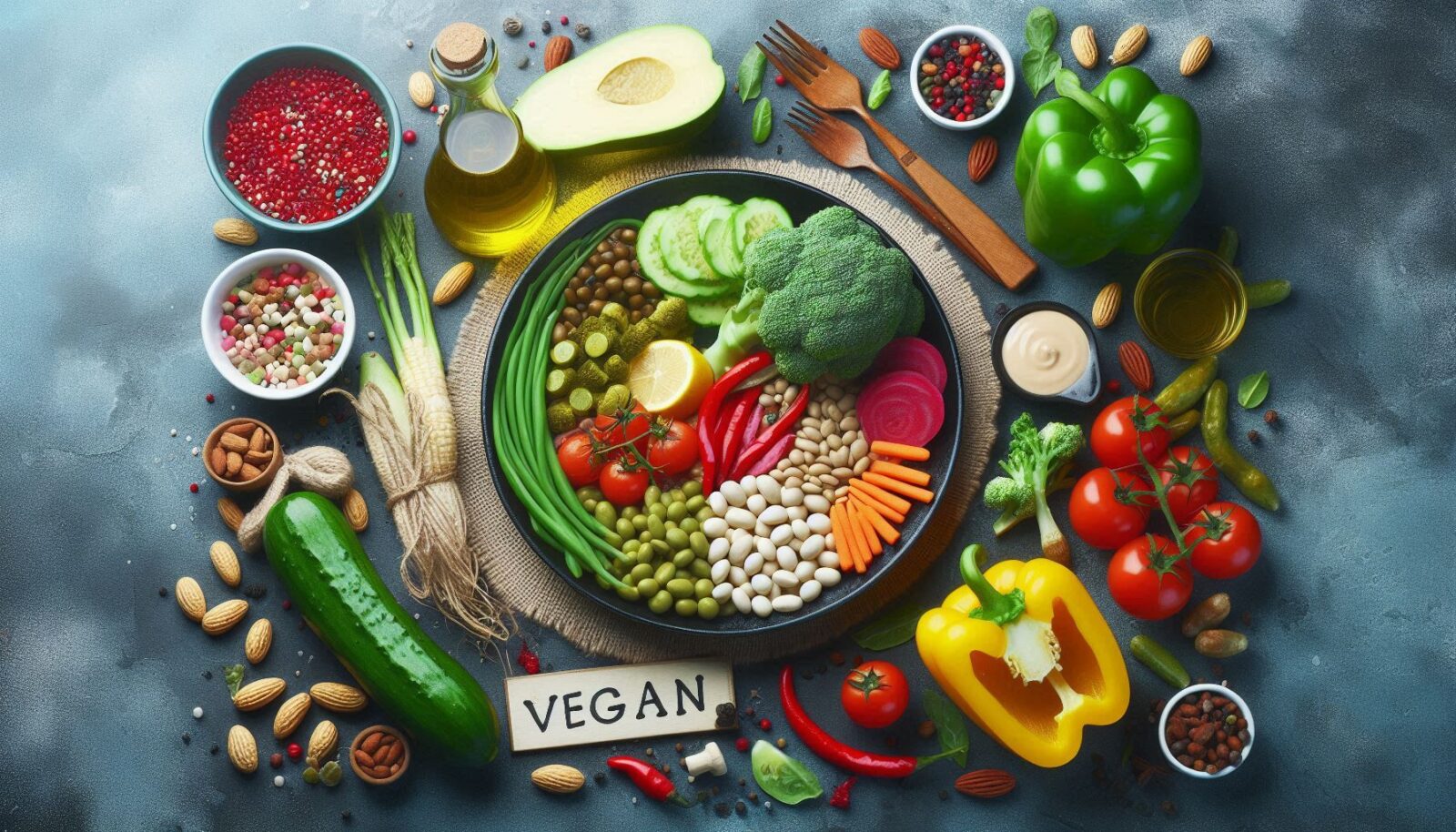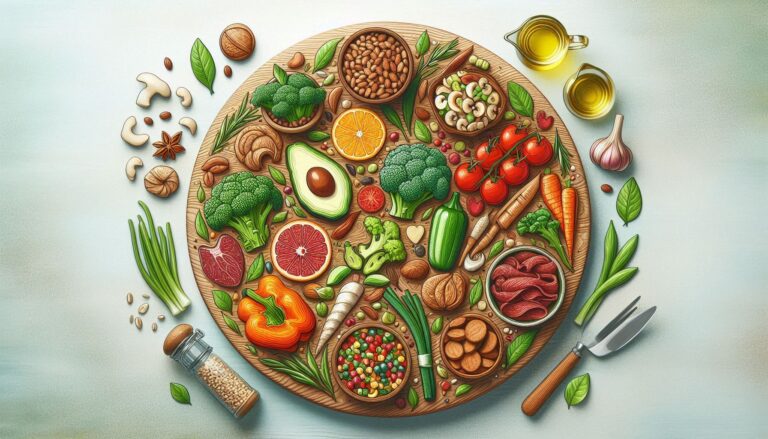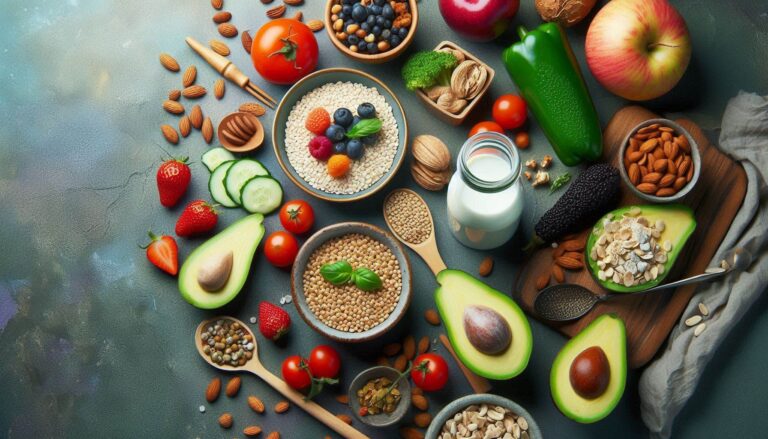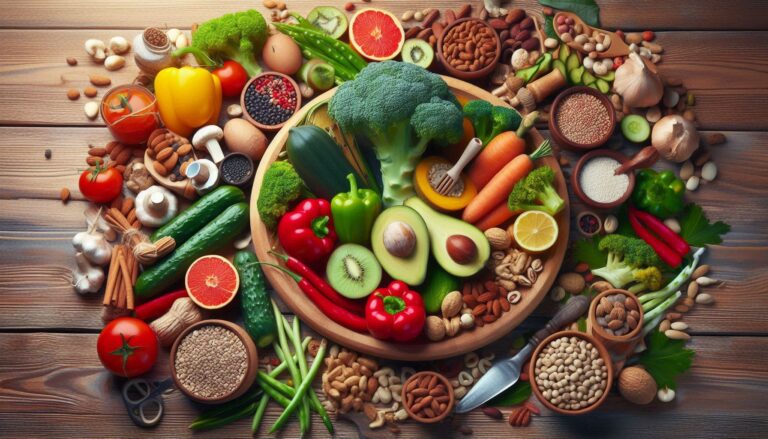Discover a world of flavorful and nutritious high-protein vegan meals! This comprehensive guide explores the benefits, misconceptions, and practical tips for embracing a plant-based diet rich in protein. From understanding complete proteins to exploring diverse recipe ideas, this article empowers you to embark on a fulfilling high-protein vegan journey.
Introduction:
In recent years, veganism has gained significant momentum, with people embracing a plant-based lifestyle for ethical, environmental, and health reasons. One common concern among those considering or transitioning to a vegan diet is obtaining adequate protein. However, with careful planning and a variety of plant-based foods, it’s entirely possible to build a robust and satisfying high-protein vegan diet.
This comprehensive article will delve into the world of high-protein veganism, dispelling misconceptions, providing valuable information, and inspiring you with delicious recipe ideas. We will explore the benefits of a plant-based diet, discuss complete proteins and their sources, and offer practical tips for incorporating more protein into your meals.
Benefits of a High-Protein Vegan Diet
- Weight Management: Protein plays a crucial role in satiety, helping you feel fuller for longer and reducing overall calorie intake.
- Muscle Maintenance and Growth: While often associated with animal-based proteins, plant-based sources can effectively support muscle health and growth, especially when combined with regular exercise.
- Improved Blood Sugar Control: A high-protein vegan diet can help regulate blood sugar levels, making it beneficial for individuals with diabetes or prediabetes.
- Heart Health: Plant-based proteins are generally lower in saturated fat and cholesterol, promoting a healthy cardiovascular system.
- Enhanced Energy Levels: Adequate protein intake is essential for maintaining energy levels throughout the day.
- Nutrient-Rich: Many plant-based protein sources are packed with essential vitamins, minerals, and fiber, providing a well-rounded nutritional profile.
Get The Complete Plant Based Recipe Cookbook — 200+ Vegan Recipes
Understanding Complete Proteins
- What are Complete Proteins? Complete proteins contain all nine essential amino acids that our bodies cannot produce on their own.
- Complementary Proteins: By combining different plant-based protein sources, you can create complete proteins. Common complementary pairs include beans and rice, lentils and quinoa, and peanut butter and whole-wheat bread.
- Complete Protein Sources: Several plant-based foods are naturally complete proteins, such as soy products (tofu, tempeh, edamame), quinoa, chia seeds, and hemp seeds.
High-Protein Vegan Food Sources
- Legumes: Lentils, chickpeas, black beans, kidney beans, and pinto beans are excellent sources of protein and fiber.
- Whole Grains: Quinoa, brown rice, oats, and whole-wheat bread provide protein, complex carbohydrates, and fiber.
- Nuts and Seeds: Almonds, walnuts, cashews, chia seeds, flaxseeds, and hemp seeds are packed with protein, healthy fats, and essential nutrients.
- Tempeh and Tofu: These soy-based products offer a versatile and high-protein option.
- Seitan: A wheat gluten-based product that is a good source of protein.
- Nutritional Yeast: This fortified yeast provides protein, B vitamins, and a cheesy flavor.
Incorporating More Protein into Your Meals
- Start Your Day with Protein: Enjoy a protein-rich breakfast such as oatmeal with nut butter and protein powder, a tofu scramble, or a smoothie made with plant-based protein.
- Snack Smart: Choose protein-packed snacks like nuts, seeds, Greek yogurt, or a hard-boiled egg.
- Amplify Your Main Courses: Add protein to your meals by topping salads with beans or tempeh, stirring tofu into stir-fries, or including seitan in sandwiches and wraps.
- Protein-Rich Sides: Serve protein-packed sides like roasted chickpeas, lentils, or quinoa.
- Creative Protein Substitutions: Experiment with plant-based protein alternatives in your favorite recipes, such as using ground tempeh instead of beef in burgers or lentils instead of ground meat in pasta sauce.
Get The Complete Plant Based Recipe Cookbook — 200+ Vegan Recipes
Delicious High-Protein Vegan Recipes
- Lentil and Vegetable Curry
- Tofu Scramble with Spinach and Tomatoes
- Black Bean and Sweet Potato Burgers
- Chickpea Salad Sandwiches
- Seitan Stir-Fry with Brown Rice
- Quinoa Stuffed Bell Peppers
- Hemp Seed and Chia Seed Pudding
- Peanut Butter and Banana Smoothie
FAQs about High-Protein Veganism
- Can I build muscle on a vegan diet? Absolutely! With proper planning and exercise, you can build and maintain muscle mass on a plant-based diet.
- How do I ensure I get enough protein? By incorporating a variety of protein-rich foods into your meals and snacks, you can easily meet your protein needs.
- Are there any vegan protein supplements? Yes, there are many vegan protein powders available on the market, made from sources such as pea, soy, rice, and hemp.
- Is it expensive to eat a high-protein vegan diet? While some plant-based proteins can be more expensive, there are many affordable options available.
- Can children follow a high-protein vegan diet? Yes, with careful planning and guidance from a healthcare professional, children can thrive on a vegan diet.
Best Vegan Cookbook Recommendation:
For a comprehensive collection of high-protein vegan recipes, consider the cookbook “The Complete Plant Based Recipe Cookbook — 200+ Vegan Recipes”. This cookbook offers a wide variety of dishes, from breakfast and snacks to main courses and desserts, all packed with protein and flavor.
Additional Tips for Success:
- Consult a Registered Dietitian: If you have any concerns or specific dietary needs, consulting a registered dietitian specializing in plant-based nutrition can provide personalized guidance.
- Don’t Be Afraid to Experiment: Explore new plant-based protein sources and recipe ideas to keep your meals exciting and enjoyable.
- Stay Hydrated: Drinking plenty of water is essential for overall health and can also help you feel full and satisfied.
- Listen to Your Body: Pay attention to your hunger and fullness cues to ensure you are eating enough protein and overall nutrients.
- Be Patient: Building a new dietary habit takes time. Be patient with yourself and celebrate your successes along the way.
By following these tips and embracing the delicious world of high-protein veganism, you can nourish your body, protect the planet, and experience the many benefits of a plant-based lifestyle.
Get The Complete Plant Based Recipe Cookbook — 200+ Vegan Recipes
Conclusion
Embracing a high-protein vegan lifestyle is not only achievable but also incredibly rewarding. By understanding the benefits of plant-based proteins, exploring diverse food sources, and incorporating creative recipe ideas, you can embark on a fulfilling and nutritious journey. Remember, with a little planning and experimentation, you can enjoy a delicious and satisfying high-protein vegan diet that supports your overall health and well-being.
Discover more from TheBeautyOfChange
Subscribe to get the latest posts sent to your email.




